Emergence of New Market Players
The Satellite Ground Station Equipment Market is experiencing a notable influx of new market players. This emergence is primarily driven by the increasing accessibility of satellite technology and the decreasing costs associated with satellite launches. As of October 2025, numerous startups and established companies are entering the market, offering innovative solutions and competitive pricing. This influx is likely to intensify competition, prompting existing players to enhance their product offerings and improve customer service. Moreover, the diversification of services provided by these new entrants, such as customized ground station solutions, could cater to niche markets, thereby expanding the overall market landscape. This dynamic environment may lead to accelerated technological advancements and improved efficiency in the Satellite Ground Station Equipment Market.
Expansion of Satellite Networks
The Satellite Ground Station Equipment Market is significantly influenced by the expansion of satellite networks. With the launch of new satellite constellations, such as those aimed at providing global broadband coverage, the need for advanced ground station equipment becomes paramount. As of October 2025, the number of operational satellites is expected to exceed 10,000, necessitating the development of ground stations that can efficiently manage and communicate with these satellites. This expansion not only increases the demand for ground station equipment but also drives innovation in technology, as manufacturers strive to create more efficient and capable systems. The competitive landscape is likely to evolve, with companies focusing on enhancing their product offerings to meet the requirements of these new satellite networks.
Rising Demand for Earth Observation Services
The Satellite Ground Station Equipment Market is witnessing a growing demand for earth observation services. As environmental monitoring, disaster management, and agricultural planning become increasingly critical, the need for high-resolution satellite imagery is on the rise. By 2025, the earth observation market is anticipated to reach USD 4 billion, driving the demand for ground station equipment that can process and analyze vast amounts of data. This trend suggests that companies specializing in satellite ground stations will need to invest in advanced technologies capable of handling complex data streams. The integration of AI and machine learning in data processing could further enhance the capabilities of ground stations, making them indispensable in the earth observation sector.
Increasing Demand for Satellite Communication
The Satellite Ground Station Equipment Market is experiencing a surge in demand for satellite communication services. This is largely driven by the growing need for reliable communication in various sectors, including telecommunications, broadcasting, and defense. As of 2025, the market is projected to reach a valuation of approximately USD 5 billion, reflecting a compound annual growth rate of around 6% over the next five years. The increasing reliance on satellite technology for internet connectivity, especially in remote areas, further propels this demand. Additionally, the rise of IoT applications necessitates robust satellite communication systems, thereby enhancing the market's growth prospects. This trend indicates a shift towards more sophisticated ground station equipment capable of supporting advanced communication protocols.
Government Investments in Space Infrastructure
The Satellite Ground Station Equipment Market is benefiting from increased government investments in space infrastructure. Various nations are recognizing the strategic importance of satellite technology for national security, communication, and scientific research. In 2025, government spending on space-related projects is projected to reach USD 30 billion, with a significant portion allocated to enhancing ground station capabilities. This investment is expected to stimulate the development of advanced ground station equipment, fostering innovation and technological advancements. Furthermore, public-private partnerships are likely to emerge, facilitating the sharing of resources and expertise, which could lead to more efficient and cost-effective solutions in the Satellite Ground Station Equipment Market.


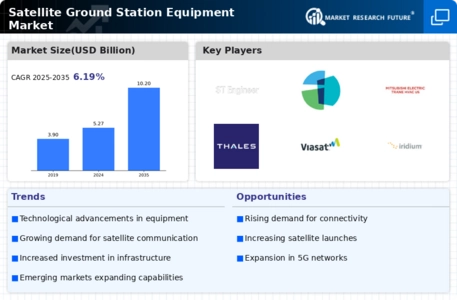
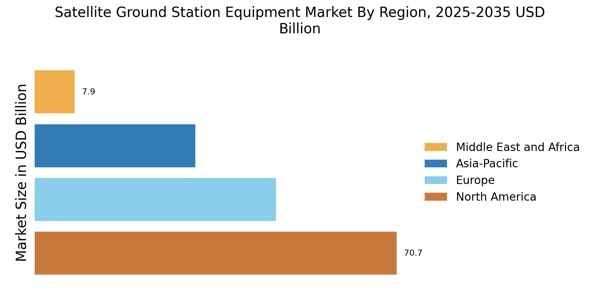

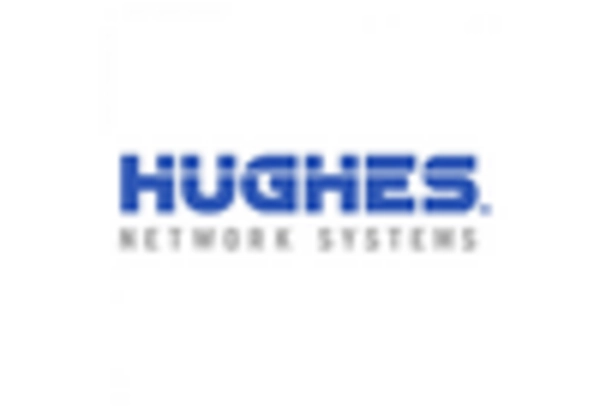
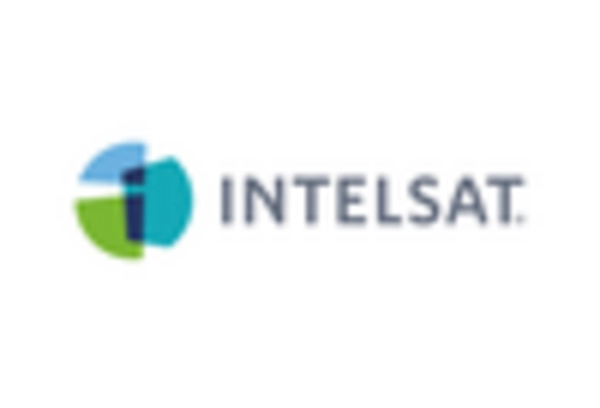
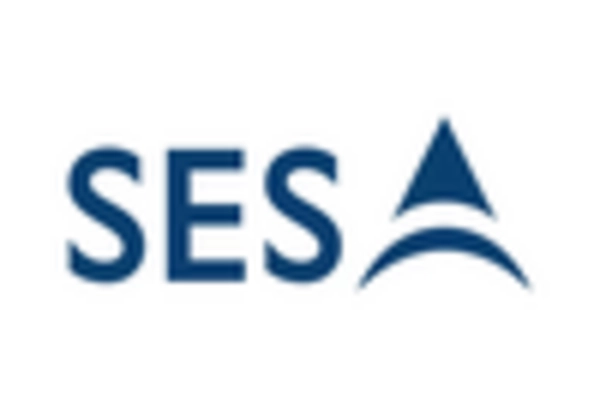

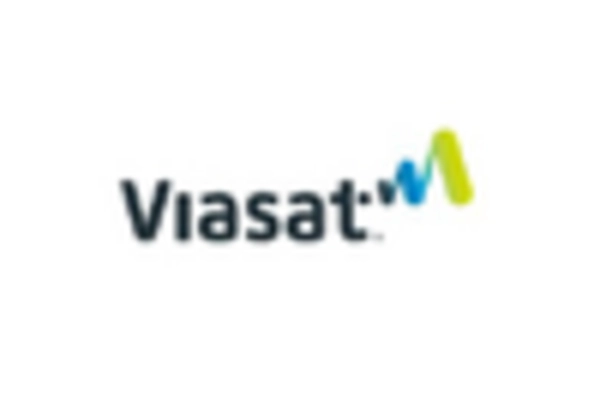








Leave a Comment